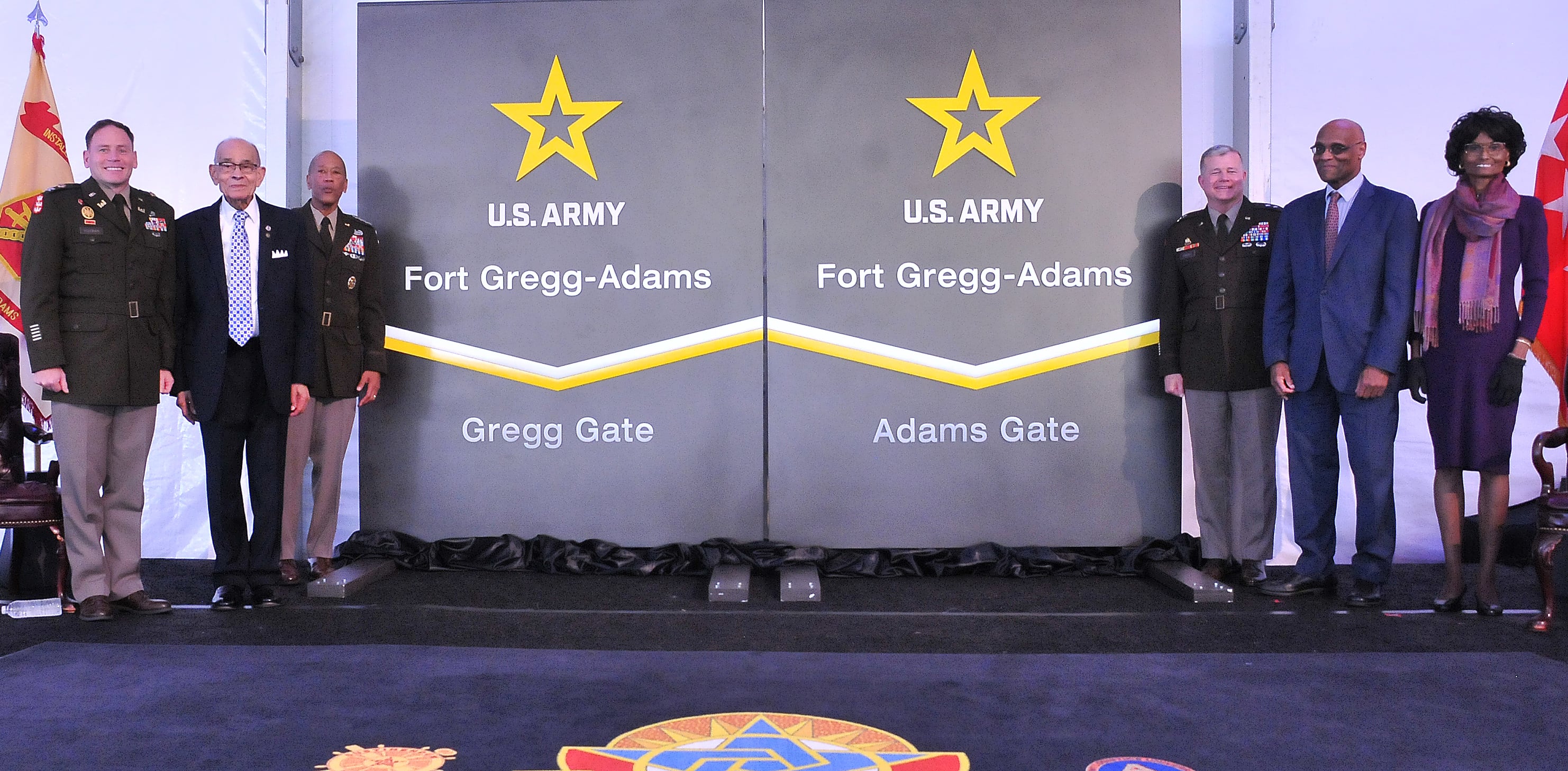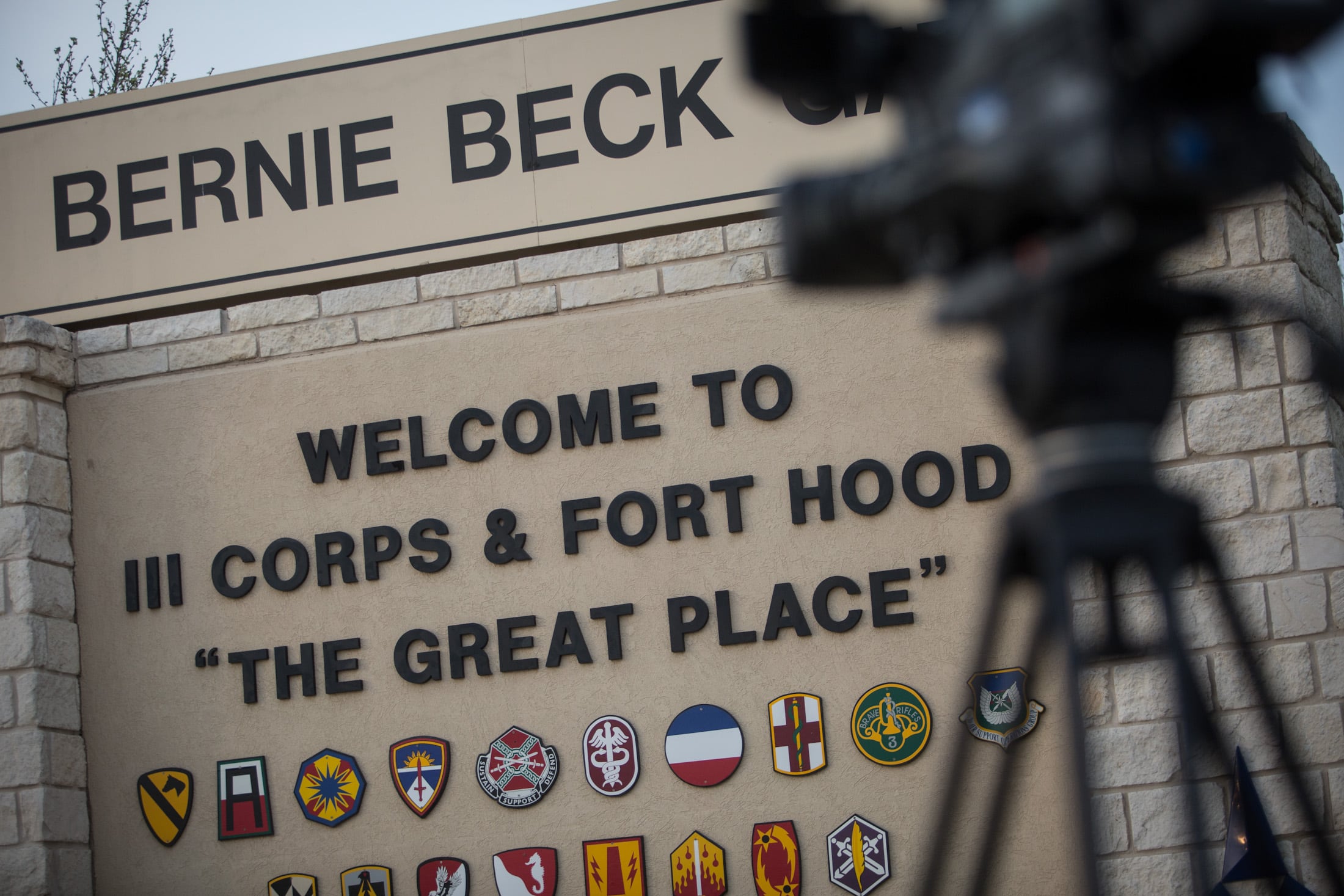Amid President Donald Trump’s plans to revert the designations of seven Army installations previously named for Confederate fighters to their old names, albeit new namesakes, comes the Army’s announcement that Fort Lee in Virginia will become the first base to be named after a Buffalo Soldier.
Fort Lee — initially named after the Confederate general Robert E. Lee — was briefly changed to Fort Gregg-Adams under President Joe Biden’s administration in its efforts to remove any connection to the Confederacy from current military bases.
Following the recommendations of a special committee, Fort Lee was renamed Fort Gregg-Adams to honor Lt. Gen. Arthur Gregg and Lt. Col. Charity Adams. Both joined the Army prior to its desegregation, with Gregg rising to become the Deputy Chief of Staff for Logistics for the Army while Adams commanded the 6888th Central Postal Directory during the Second World War.
It was the first Army base in U.S. history to be named for Black Americans.
However, under Trump, the fort will yet again be the home of another milestone. It will be renamed for Pvt. Fitz Lee, a Buffalo soldier who received the Medal of Honor for his actions during the Spanish-American War.
Buffalo Soldiers
While African Americans have fought in U.S. wars since the American Revolution, peacetime Black U.S. Regular Army units were not created until 1866.
Following the Civil War, Congress created six Regular Army regiments of African American soldiers: 9th and 10th cavalry regiments and 38th, 39th, 40th and 41st infantry regiments. Three years later in 1869, the four infantry regiments were consolidated into two units and redesignated as the 24th and 25th infantry regiments.

According to historian Jerry Morelock, “The nickname Buffalo Soldiers originated during the regiments’ initial service in the Frontier Army in campaigns against Native American tribes. Likely, the title was first bestowed upon 10th Cavalry troopers as a term of respect by Cheyenne warriors in early 1867. Eventually, however, the name Buffalo Soldiers was extended to denote all troops in the four African-American cavalry and infantry regiments.”
Pvt. Fitz Lee
Born the same year Congress created standing Black units, Lee, a Virginia native, enlisted in M Troop, 10th Cavalry in 1889. After nearly a decade with the Army, Lee, serving as a private, found himself bound for Cuba after the U.S. declared war on Spain on April 25, 1898.
Lee and 50 other troopers, according to the National Park Service, were assigned to head behind enemy lines to re-enforce and resupply Cuban fighters seeking liberation from Spanish rule in the Caribbean.
On June 30, 1898, Cuban freedom fighters and American soldiers disembarked the steamship Florida, attempting an amphibious landing at Tayabacoa, Cuba. Almost immediately, the landing party found themselves engaged in enemy fire.
Ambushed, the landing group soon retreated, leaving behind at least 16 wounded to become prisoners of war.
After several rescue attempts failed, Lee, Cpl. George H. Wanton, Pvt. Dennis Bell, Sgt. William H. Thompkins and Lt. George P. Ahern stepped forward and volunteered.
Wading ashore, the five soldiers managed to surprise the Spanish, successfully freeing their wounded comrades.
RELATED

All but Ahern were awarded the Medal of Honor for their actions in Tayabacoa, with Lee receiving his while hospitalized at Fort Bliss, Texas. His time in Cuba had left him with severely limited vision, swollen limbs and abdominal pain that caused him to be bedridden for three months, according to NPS.
On July 5, 1899, a few days after receiving the Medal of Honor, Lee was medically discharged from the Army.
Lee and his comrades would be the last Black soldiers to receive the Medal of Honor outright until the Vietnam War. Two Black soldiers were posthumously awarded the nation’s highest medal for valor in 1991 and 2015, respectively, and a review in the 1990s led to the posthumous awarding of the medal to seven Black veterans in 1997.
Following his discharge, Lee moved to Leavenworth, Kansas, living with other retired Buffalo Soldiers who looked after the disabled veteran.
“In constant pain and totally blind,” writes NPS, “Fitz Lee died at the home of a friend in Kansas on Sept. 14, 1899.”
Lee was buried with full military honors at Fort Leavenworth National Cemetery.
Claire Barrett is the Strategic Operations Editor for Sightline Media and a World War II researcher with an unparalleled affinity for Sir Winston Churchill and Michigan football.





